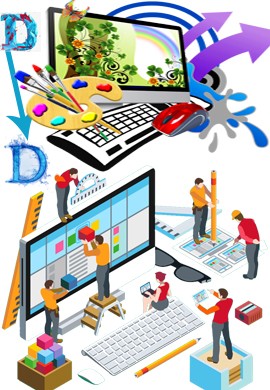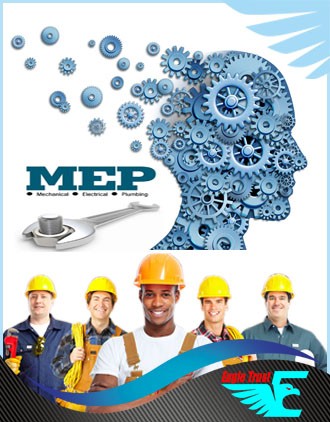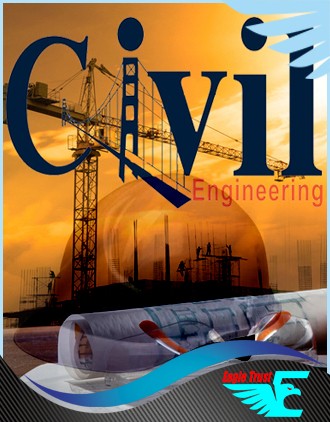
Website design & Development
Eagle Trust IT-Services,Website Design & development for all kind of company & organization, developed by PHP ,python, laravel also CMS (Content Management System) like WordPress Theme Development .We have many successful customer they already operate their website easily.Eagle IT-services understand what a well made website looks like and this is what we’re offering. We can help you build the right website to help increase business for you. All our website designs are all kind of Devices friendly.Our team all time support your website.
Web Design
Web design refers to the design of websites that are displayed on the internet. It usually refers to the user experience aspects of website development rather than software development. Web design used to be focused on designing websites for desktop browsers; however, since the mid-2010s, design for mobile and tablet browsers has become ever-increasingly important.
A web designer works on the appearance, layout, and, in some cases, the content of a website. Appearance, for instance, relates to the colors, font, and images used. Layout refers to how information is structured and categorized. Eagle Trust web design is easy to use, aesthetically pleasing and suits the user group and brand of the website. Many Web Pages are designed with a focus on simplicity so that no extraneous information and functionality that might distract or confuse users appears. As the keystone of a web designer’s output is a site that wins and fosters the trust of the target audience, removing as many potential points of user frustration as possible is a critical consideration.
Two of the most common methods for designing websites that work well both on desktop and mobile are responsive and adaptive design. In responsive design, content moves dynamically depending on screen size; in adaptive design, the website content is fixed in layout sizes that match common screen sizes. Preserving a layout that is as consistent as possible between devices is crucial to maintaining user trust and engagement. As responsive design can present difficulties in this regard, designers must be careful in relinquishing control of how their work will appear. If they are responsible for the content as well, while they may need to broaden their skill set, they will enjoy having the advantage of full control of the finished product.
One of the key ingredients to a successful product is the creation of effective, efficient and visually pleasing displays. In order to produce such high-quality displays, whether they are graphical (e.g., websites) or tangible (e.g., remote controls), an understanding of human vision is required, along with the knowledge of visual perception. By observing, researching, and identifying examples of Eagle Trust perceptual abilities, Eagle trust can design products according to these unifying qualities. In order to spread such skills within the world of interaction design, we have developed “Gestalt Web Design:
Gestalt psychology is a theory of mind that has been applied to a number of different aspects of human thought, action, and perception. In particular, Gestalt theorists and researchers attempt to understand visual perception in terms of the way in which underlying processes are organized and how they help us make sense of the world. The organization of these cognitive processes is important to our understanding of how we interpret the constant stream of visual information entering our eyes and how it becomes a cohesive, meaningful and usable representation of the world. Over the last 10 years, the work of Gestalt psychologists has been adopted by interaction designers and other professionals involved in the development of products for human users.
Within this course, we have compiled and consolidated some of the best resources currently available on the subject of Gestalt . To help you appreciate how you can apply Gestalt web design, we have provided many different examples from existing designs. These draw attention to the exact qualities, quirks, and features of visual perception. Moreover, they discuss how these have been accommodated and, on a number of occasions, exploited so as to support either the user’s intentions or those of the designer or client.
The application of Gestalt thinking to design provides us with insights and new ways of approaching problems and challenges. By cementing in our own minds the many ways we organize visual information, we can improve our designs for all users.




















